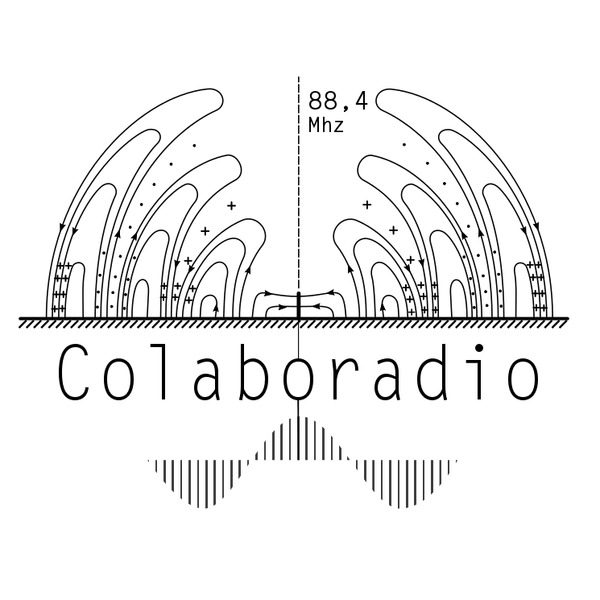« Seismograf / Sonic Argumentation » Part 2

Magda Mayas: "A fuchsia-coloured awning. How to structure a composition in real-time." https://seismograf.org/fokus/sonic-argumentation-i/mayas
Henrik Frisk & Nguyen Thanh Thuy: "Found in translation. The process of making a piece for voice, Vietnamese zither đàn tranh, and electronics." https://seismograf.org/fokus/sonic-argumentation-i/frisk_thuy
Piotr Cichocki: "Production of sound, production of knowledge. Central Africa, Central Europe, global networks." https://seismograf.org/fokus/sonic-argumentation-ii/cichocki
Carlotta Sillano: "Revealing the Genius Loci through sound. The walser hamlet of San Gottardo." https://seismograf.org/fokus/sonic-argumentation-ii/Sillano
The presentation of these ten new audio papers is the continuation of the exploration of the audio paper format. The publications are both a result of the individual research processes, and are, as a whole, illustrating the many possibilities of a format, where sound, time, timbre, rhythm, simultaneity and complex dramaturgy are refining, and perhaps re-defining, how an academic argument can be presented.The audio paper, just as its companion format of the video essay (Kiss and Berg, 2016), is indeed creating new avenues for practice-based research fields to interact with the larger community in novel ways. But furthermore, this movement away from the hegemony of the written word towards sonic and visual modes of communication holds a promise for an acknowledgement of the transmodal nature of human perception, and an embodied understanding of knowledge, in academia, in the arts and in everyday life.